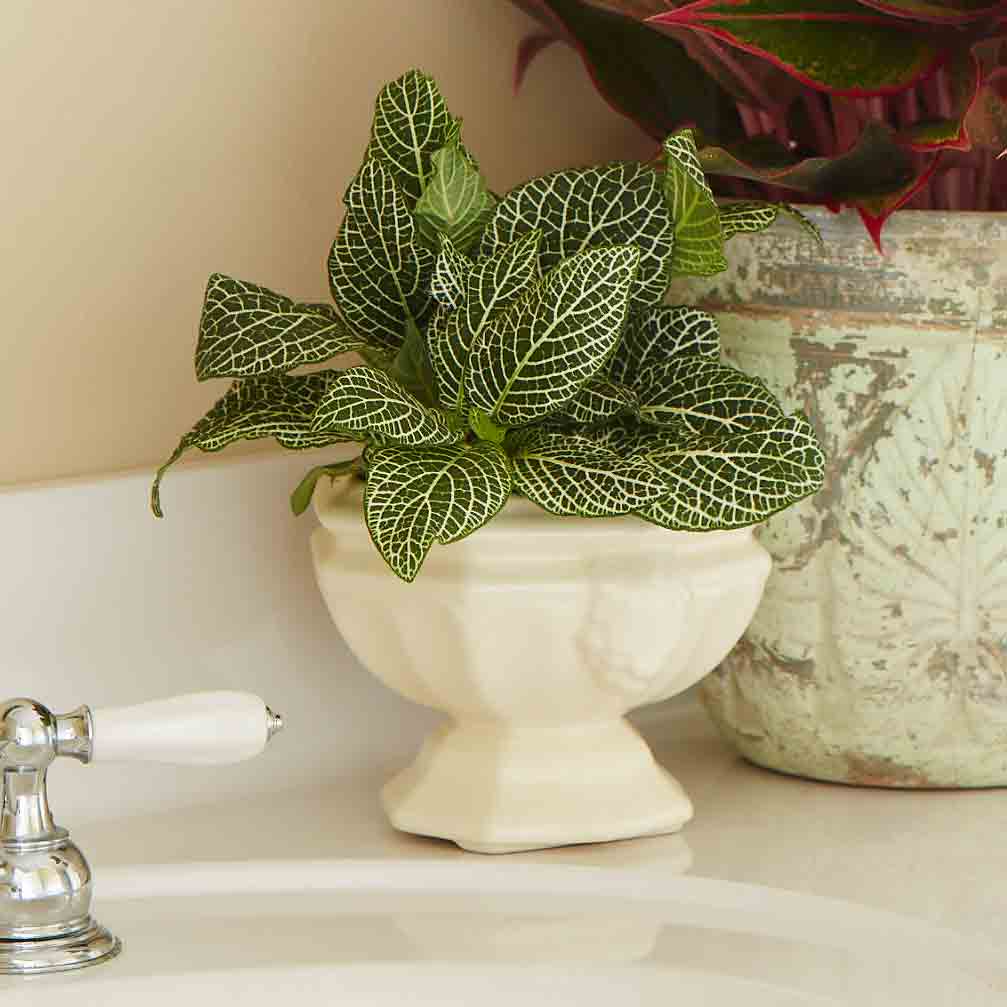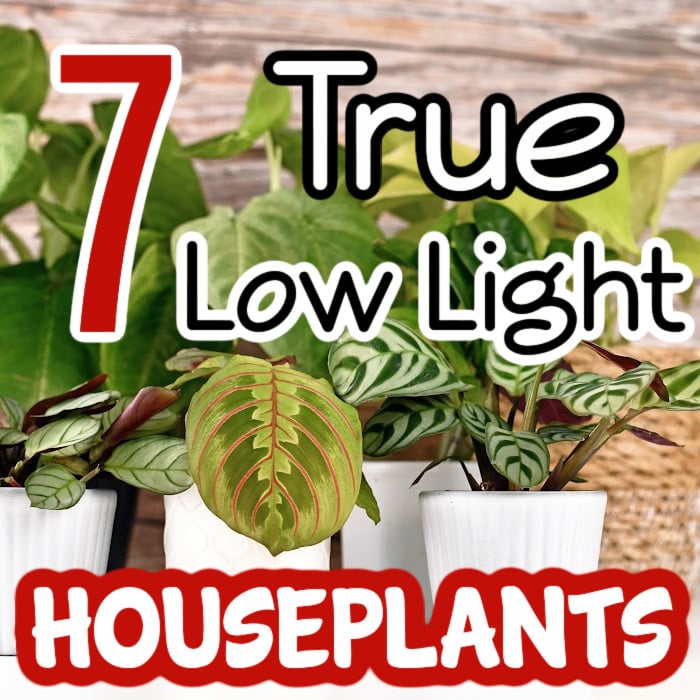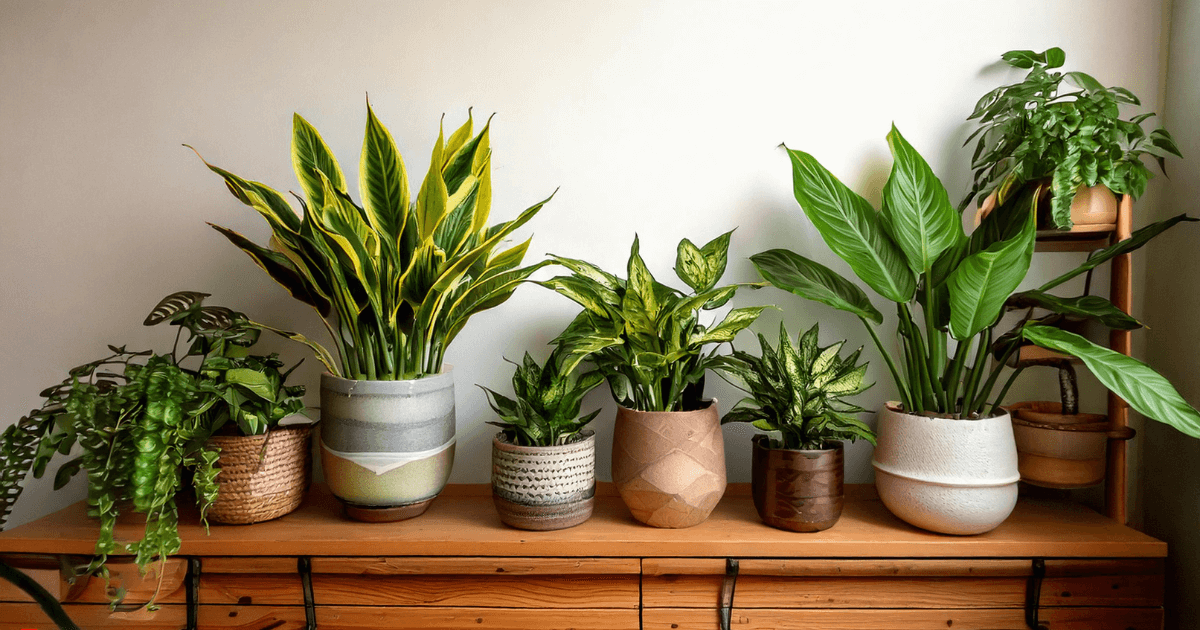How to Choose the Best Low-Light Indoor Plants for Your Interior Design Needs
How to Choose the Best Low-Light Indoor Plants for Your Interior Design Needs
Blog Article
Discover the Tricks of Low-Light Indoor Plants and Just How They Boost Your Environment
Low-light indoor plants have garnered raising focus for their one-of-a-kind ability to boost both aesthetic appeal and environmental high quality within work environments and homes. These resistant varieties, consisting of the Snake Plant and Peace Lily, not only flourish in challenging lighting conditions but likewise play a crucial duty in air filtration and psychological well-being. Comprehending the certain benefits and care needs of these plants can significantly impact your space. As we explore the intricacies of their advantages, you may discover understandings that might transform your surroundings in unforeseen ways.
Benefits of Low-Light Indoor Plants
Although lots of people think that indoor plants call for plentiful sunlight to prosper, low-light indoor plants use a plethora of benefits that make them perfect for numerous atmospheres. One of the main advantages is their adaptability; they can prosper in areas with limited all-natural light, such as workplaces, basements, or areas with little home windows. This function allows individuals to improve their surroundings with plant, adding to enhanced looks without the demand for substantial lighting adjustments.
In addition, low-light interior plants can significantly improve indoor air quality by launching and filtering unsafe toxic substances oxygen, making living rooms healthier. The existence of plants has actually been linked to greater feelings of peace and focus.
Furthermore, low-light plants typically require much less upkeep than their sun-loving equivalents, making them suitable for hectic individuals or those brand-new to gardening. Their durability allows them to love marginal intervention, therefore offering a fulfilling experience for plant enthusiasts and novices alike. In summary, low-light indoor plants offer both visual and functional functions, making them valuable additions to any area.
Leading Low-Light Plant Ranges
Low-light indoor plants been available in a range of species, each offering distinct attributes and advantages suited for dim environments. Among the most popular varieties is the Snake Plant (Sansevieria), recognized for its air-purifying capabilities and building fallen leaves. This resistant plant grows on neglect and can tolerate a vast array of light problems.
Another outstanding selection is the ZZ Plant (Zamioculcas zamiifolia), which features glossy, dark green leaves and is highly drought-tolerant. Its flexibility makes it a preferred for offices and homes with restricted sunshine.
The Pothos (Epipremnum aureum) is additionally a top challenger, with its tracking vines and heart-shaped leaves - Best low-light indoor plants. This flexible plant can be trained to climb or cascade, including aesthetic passion to any type of area

Treatment Tips for Low-Light Plants
Looking after low-light indoor plants needs a nuanced understanding of their specific demands to ensure optimal growth and vigor. It is crucial to pick the best potting mix, as a well-draining soil is vital to avoid origin rot. A blend created about his for houseplants, frequently having peat moss and perlite, works well for a lot of low-light varieties.
Watering is an additional vital facet of care. Low-light plants typically call for less regular watering contrasted to their sun-loving equivalents.
Fertilizing must be come close to with caution. During the growing period, a diluted liquid plant food can be used monthly, yet in winter season, several low-light plants go into dormancy and need little to no fertilizing.
Last but not least, it is very important to periodically clean the leaves to eliminate dust, permitting for better light absorption. By adhering to these care ideas, you can cultivate a growing environment for your low-light indoor plants, improving both their appearance and longevity.
Enhancing Air High Quality With Plants
Indoor plants play a significant function in boosting air high quality within homes and office areas. Through the process of photosynthesis, these plants absorb co2 and release oxygen, adding to a healthier atmosphere. Furthermore, certain low-light interior plants have the capacity to filter unsafe toxins, such as formaldehyde, benzene, and trichloroethylene, which are commonly located in interior environments.

Additionally, the existence of interior plants can enhance humidity degrees, which aids relieve completely dry skin and breathing problems, additionally boosting total wellness. This capability to enhance air quality not just advertises physical wellness however also supports psychological wellness.
Integrating low-light indoor plants right into your living and working spaces can lead to a much more stimulating and web link vibrant atmosphere (Best low-light indoor plants). Spending in these all-natural air purifiers is a simple yet reliable method for improving interior air top quality and cultivating a much healthier lifestyle
Developing a Tranquil Indoor Space
The integration of plants right into living areas not only improves air quality yet additionally adds to a peaceful ambience. Low-light interior plants, such as serpent plants and pothos, useful site are specifically efficient in developing a tranquil environment, as they prosper in conditions that may otherwise be unwelcoming for other plant. Their lush vegetation supplies a calming aesthetic, reducing anxiety and promoting leisure.
Integrating these plants right into your office or home can stimulate a feeling of peace and well-being. Purposefully placing them in areas where you invest significant time, such as living rooms or work spaces, permits an immersive experience with nature, which has been revealed to enhance mood and cognitive function.
Moreover, the gentle motion of leaves in response to airflow can produce a vibrant visual aspect that boosts the overall atmosphere. Take into consideration using a range of plant elevations and textures to include deepness and passion to your space. With thoughtful placement and treatment, low-light indoor plants can transform any type of location right into a calm sanctuary, promoting not just visual fulfillment yet also psychological and emotional health.

Verdict
Integrating low-light interior plants right into numerous environments yields significant benefits, including enhanced air top quality and boosted visual allure. The transformative power of low-light plants emphasizes their value in improving both job-related and household setups.
Although many people assume that interior plants need plentiful sunshine to prosper, low-light indoor plants provide a multitude of advantages that make them ideal for numerous settings.In addition, low-light interior plants can substantially enhance interior air top quality by launching and filtering harmful contaminants oxygen, making living spaces healthier. In addition, specific low-light indoor plants have the ability to filter unsafe toxins, such as benzene, formaldehyde, and trichloroethylene, which are typically located in indoor settings.
Low-light interior plants, such as serpent plants and pothos, are especially effective in producing a serene atmosphere, as they thrive in problems that may or else be inhospitable for various other plant.Integrating low-light interior plants right into various atmospheres returns considerable advantages, including boosted air top quality and enhanced aesthetic allure.
Report this page